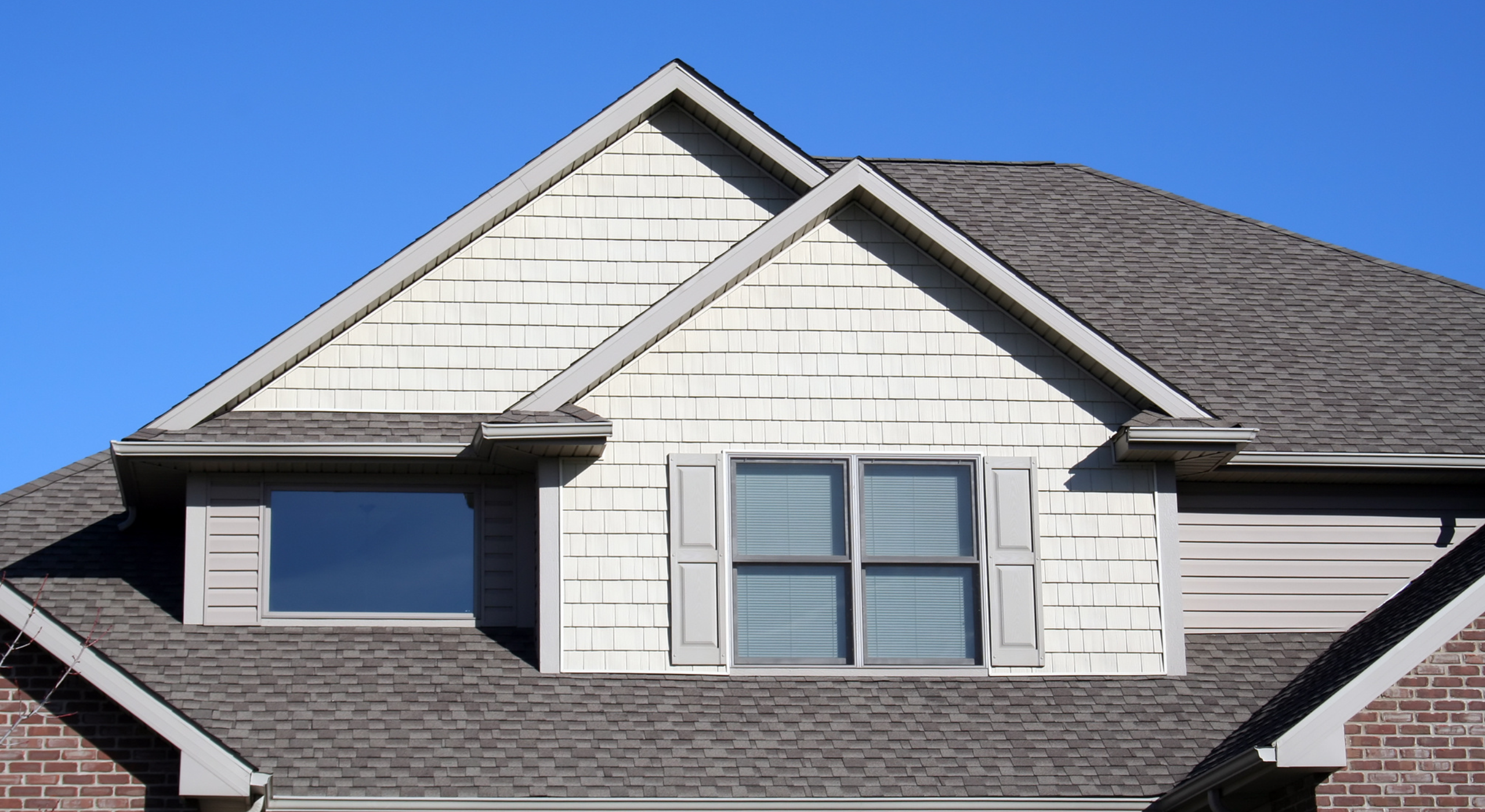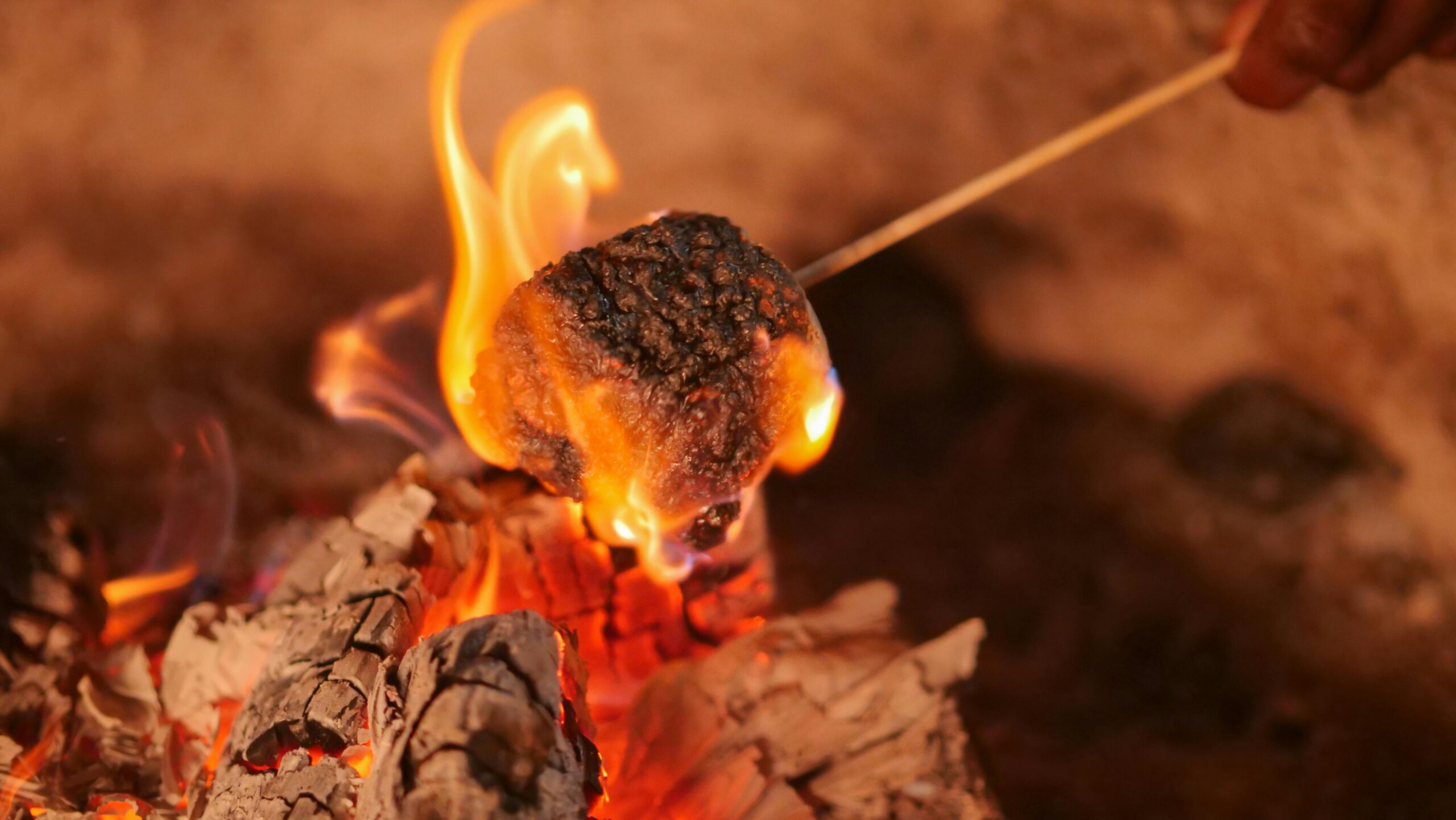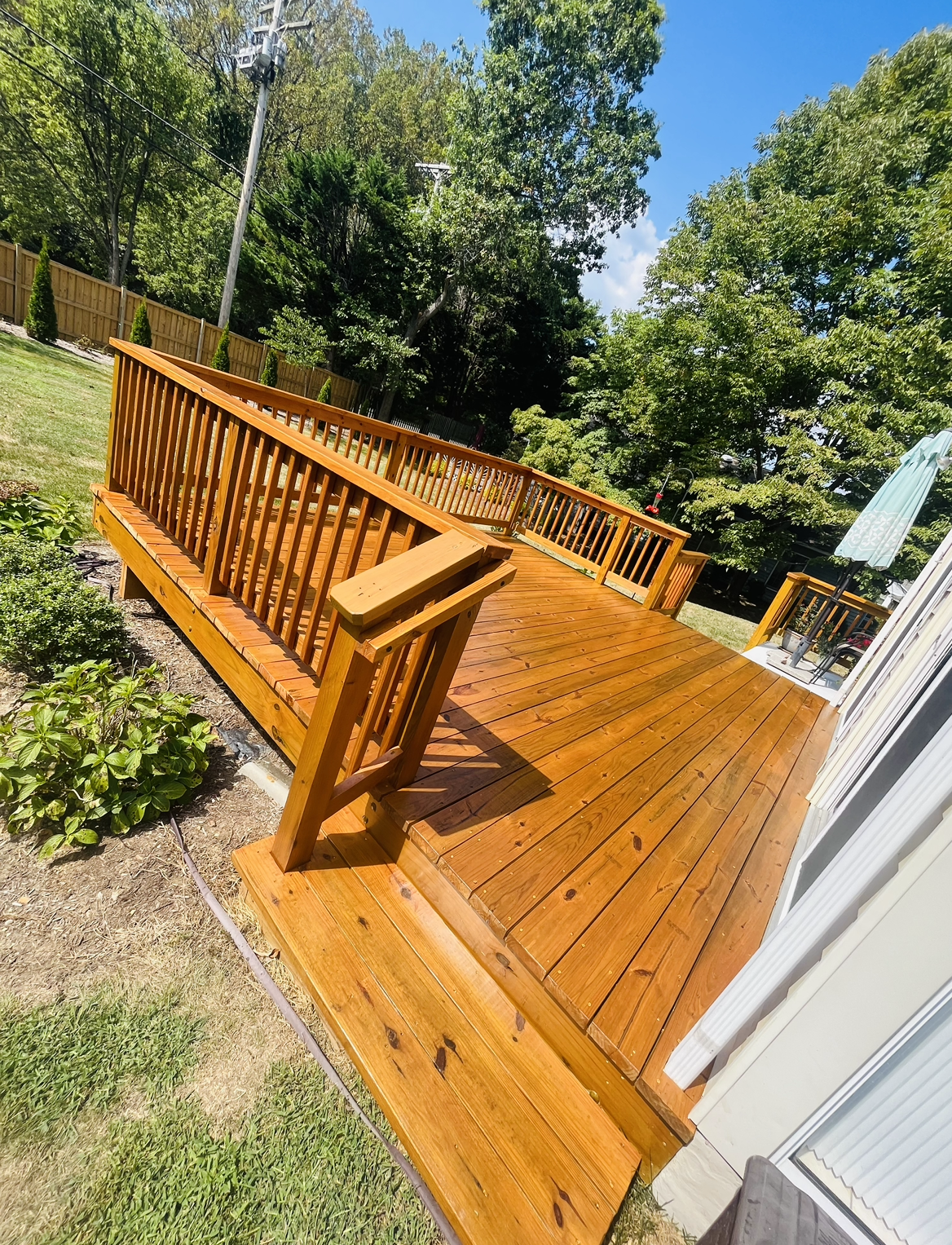Choosing the Right Exterior Paint for Your Home’s Climate
Your home’s exterior paint does far more than boost curb appeal—it’s a critical shield against the elements. Selecting paint based solely on color or price often leads to premature peeling, fading, or moisture damage, especially when climate factors are ignored. From the scorching UV exposure in desert regions to the relentless humidity of coastal areas, your local weather directly impacts paint performance. This article explores how to match paint formulations, preparation techniques, and application methods to your specific climate zone. By understanding these nuances, you’ll extend your paint’s lifespan by years, reduce maintenance costs, and protect your home’s structural integrity against weather-induced wear.
Understanding Your Climate Zone
Before selecting paint, identify your primary climate challenges. Hot-and-sunny regions (like the Southwest) demand UV-resistant paints to combat fading and surface temperatures exceeding 120°F. Humid and rainy zones (Southeast, Pacific Northwest) require paints with superior moisture resistance to prevent mold, blistering, and wood rot. Freeze-thaw cycles (Northeast, Midwest) cause paint to crack as temperatures fluctuate; elastic, breathable formulas are essential here. Coastal areas need salt-resistant paints to withstand corrosive ocean air. Consult local paint suppliers or extension services for zone-specific recommendations, as microclimates can vary even within regions.
Paint Types and Their Climate Suitability
Not all paints perform equally across environments. Here’s how formulations stack up:
- Acrylic Latex: Ideal for most climates. Excellent UV resistance for sunny areas, good flexibility for freeze-thaw zones, and moisture permeability to prevent trapping vapor. Avoid in extreme coastal salt exposure.
- Oil-Based Alkyd: Superior adhesion in damp/cold climates and on chalky surfaces, but prone to cracking in intense heat and slower drying in humidity. Use only on well-primed surfaces.
- Elastomeric Coatings: Essential for freeze-thaw regions. Forms a thick, rubber-like membrane that bridges cracks and expands/contracts with temperature swings. Also effective in dry, hot climates on stucco.
- Specialty Formulations: For coastal zones, specify salt-resistant acrylics with anti-corrosive pigments. In fire-prone areas, consider fire-retardant paints.
Surface Preparation and Priming
Climate-specific prep prevents future failures. In humid zones, pressure wash surfaces 48 hours before painting to ensure complete drying; treat mold with bleach solutions. For hot climates, sand glossy surfaces to improve adhesion and avoid painting surfaces above 90°F. In freeze-thaw regions, repair cracks with elastomeric caulk and use high-adhesion primers on weathered wood. Always choose primers tailored to both your substrate and climate:
- Rust-inhibiting primers for metal in coastal/humid areas
- Stain-blocking primers for resinous woods in heat-prone zones
- Mildewcide-infused primers for damp climates
Application and Maintenance Strategies
Timing and technique are climate-dependent. Apply paint when temperatures are between 50–90°F with low humidity. In hot/dry areas, paint early morning to avoid midday heat, working in shaded sections. Use thicker coats to prevent rapid drying and poor film formation. In humid regions, avoid late-afternoon applications when dew forms, and maintain consistent brush/roller pressure to prevent lap marks. For seasonal climates, schedule painting in stable spring/fall windows. Maintenance varies too: Sunny zones need UV-protective clear coats every 2–3 years; rainy areas require annual inspections for moisture intrusion; freeze-thaw regions benefit from touch-ups on cracks before winter.
Conclusion
Selecting exterior paint isn’t just about color—it’s a strategic defense against your local climate’s unique challenges. By matching paint formulations to your weather zone (like UV-resistant acrylics for sunbelt homes or elastomeric coatings for freeze-thaw regions), preparing surfaces with climate-specific primers, and adapting application timing to seasonal patterns, you dramatically extend your paint’s lifespan. Remember: Proactive maintenance is cheaper than repainting. Inspect surfaces annually for early signs of wear, especially after extreme weather events. A well-executed, climate-smart paint job protects your investment for 7–10 years or more, saving thousands in premature repairs while keeping your home looking its best through every season.



